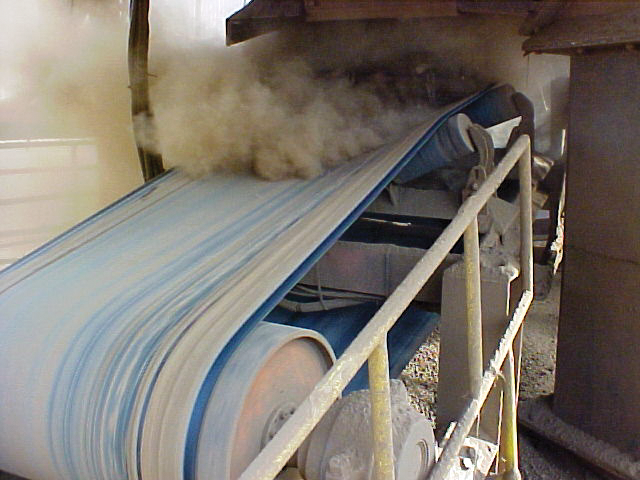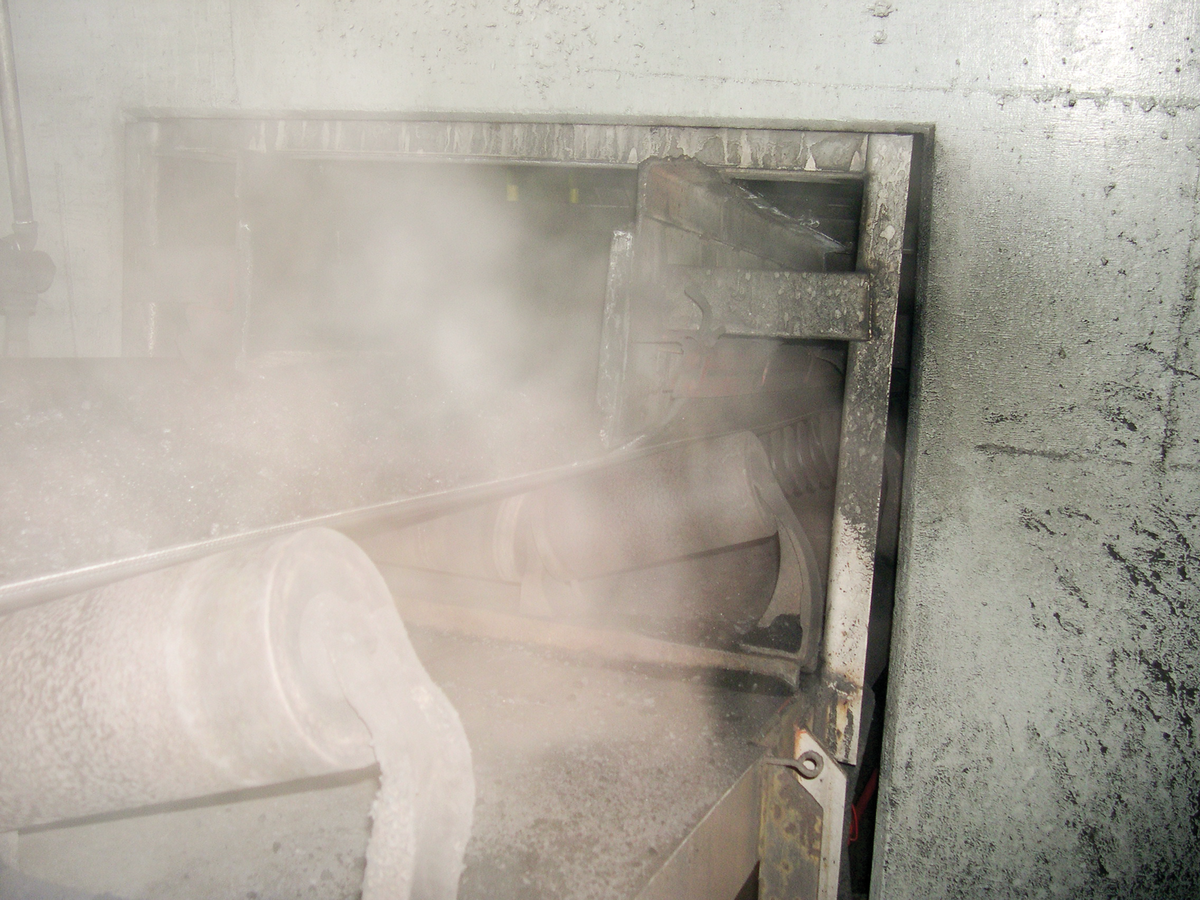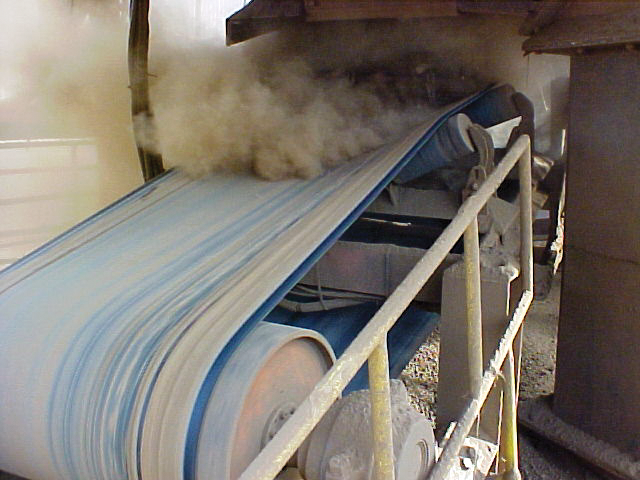By Jim Bess on Oct 16, 2020 2:00:00 PM
Some common questions I often get asked are “how much is a dust collector” or “how much would it cost for a dust suppression system?” My response is always the same. “I can’t answer that question.”
Many times, people can’t understand why I won't give them at least a ballpark figure. A few days ago, I had someone ask “are we talking $1000 or $100,000?”
We would be doing a disservice to our customers by trying to throw a dollar amount at a problem we haven’t properly diagnosed. Many of the issues material handlers want to correct with suppression or collection end up not needing either. More often than not, the problem can be corrected by making some changes to how the belt is supported and/or sealed throughout the load zone.

Containment Is Truly The Foundation Of A Clean Conveying System
Another reason we need to diagnose the actual problem is because sometimes the actual cause or source of dust is not exactly located at the point where the problem is found. There is no reason to spray countless gallons of water on a conveyor belt head only to realize you haven't even touched the problem and that the dust is actually falling from above or coming from a different location.
--See More On Dust Containment--

Our experts can diagnose these problems, making sure the solution is the easiest and most effective way to actually fix the problem. Many times, it’s going to be much more cost effective than throwing the “biggest dust collector you have” at the problem.
A similar conversation happened just the other day as a guy was certain that he needed some sort of dust collector installed near the exit of the load zone on one conveyor. He was somewhat surprised by the fact that I didn't want to take a guess as to what the cost of this solution would be. I finally convinced him to let one of our field reps come take a look at the belt, and I promised him we would get him a real estimate.
Here Is What We Found After Inspection
-
The belt was properly supported
-
Adequate wearliner was installed
-
The belt skirting was in good shape
-
After checking the airflow, a dust collector was not necessary or the correct solution
Our Solution
We installed an additional slider bed to further support the belt, skirtboard, wearliner, and skirting to seal the belt, and two dust curtains to slow the airflow and allow dust to settle back into the material stream. It resolved the dust problem and was much more cost effective than adding a collector.
On The Other Hand
Many times collection and suppression are valuable additions to an operation. When specified and installed correctly, dust collection and suppression can greatly reduce, sometimes even eliminate, airborne dust.
Understand the Problem First, Solve it Second
A proper and effective solution all comes down to a proper and thorough understanding of the problem, from the obvious signs and symptoms to the sometimes more subtle root causes. This is where knowledge and experience can prove invaluable in providing insight and helping make the right decisions to effectively correct the problem.





comments